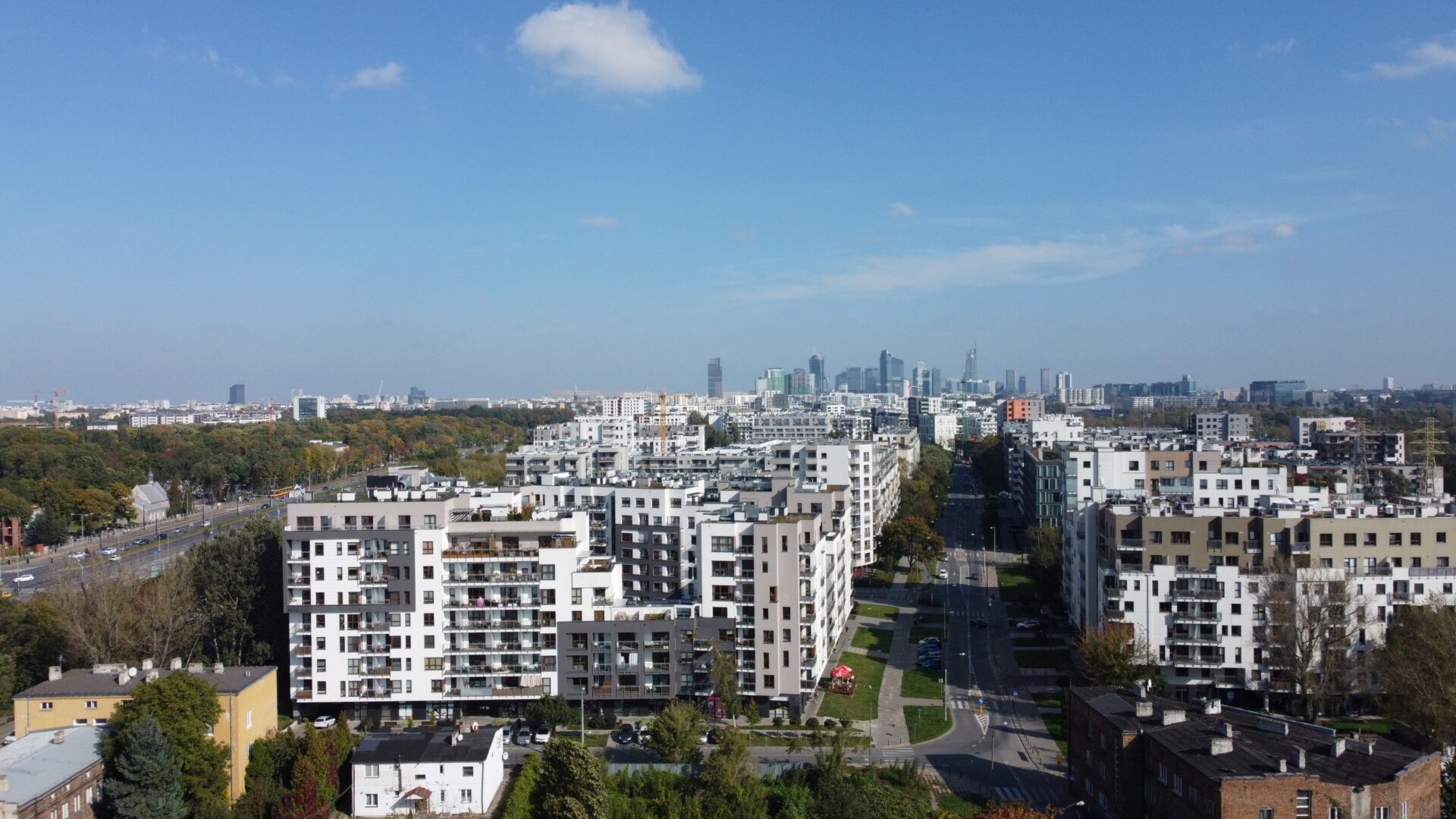According to the latest PRS (private rented sector) market report, compiled by advisory firm Knight Frank and law firm Dentons, there were more than 10,300 flats for rent in the PRS market at the end of 2022, a 40 percent increase over the year. The units currently in PRS investor stock, however, represent only 1 percent of the total rental market in Poland. Given the country’s shortfall of flats, currently estimated at 800,000 units, the PRS market is expected to grow further, with its potential recognised by private equity investors from Israel, Scandinavia, Asia and the United States.
Key findings from the report:
- In 2022, the stock of flats available for institutional rental (PRS) increased by 40 percent. The total number of available units exceeded 10,300, representing a 1 percent share of the total rental market in Poland’s largest cities.
- High housing prices and persistently high-interest rates are limiting purchasing power in the housing market, significantly reducing demand for home purchases. In 2022, the number of mortgages taken out fell by 50 percent compared to 2021.
- It is estimated that the vacancy rate in the PRS segment stands at less than 3 percent.
- With 4,200 flats for rent, Warsaw leads the way in terms of available supply, offering over 40 percent of the PRS market in Poland.
- A Knight Frank survey of 25 institutional investors, banks and developers present on the PRS market in Poland shows that around 85 percent of investors plan to start new residential projects in the country’s capital in 2023. There are currently around 1,200 completed flats in Kraków, with more than 40 percent of investors planning to start new projects in 2023.
- Approximately 6,500 flats will be completed by the end of 2023. Land on which around 35,000 flats can be built has already been secured by investors.
- In Q4 2022, institutional rental market yields in major Western European cities averaged 3.25 percent-3.75 percent. In Warsaw, by way of comparison, prime yields are estimated to have been around 5.00 percent-5.25 percent
For the report, Knight Frank and Dentons also conducted a survey among investors, developers and banks. In it, more than 80 percent of investors said they would buy new PRS projects in Poland in 2023, with over 50 percent of them having a positive view of the overall regulatory environment for investment financing, implementation and follow-up operations. This indicator of sentiment builds a positive picture of the segment’s potential. At the same time, however, the majority of respondents point to tax volatility as a factor adversely affecting the fulfilment of PRS projects, with financing and construction costs as the main investment risks and barriers to growth.
“Investors recognise the uninvested potential of the PRS sector, as well as the significant housing deficit in Poland – which is put at around 800,000 units. The current economic and political context, in particular the war in Ukraine, is part of a broader discussion about the market in Poland, although it is not an obstacle to investors. The strong demand for rental housing in major cities is unprecedented, and the dynamic growth of rents in Poland is allowing increasingly high returns to be realised. Despite solid fundamentals, institutional investors from Germany and Austria, among others, are very cautious due to rising financing costs. As a result, they are focusing on their home markets. In their place, private equity investors from Israel, Scandinavia and Asia, as well as institutional investors from the United States, France and the United Kingdom, are showing increasing interest in the PRS sector in Poland. In their eyes, Poland’s advantages are its absorptive rental market and rising rents,” Krzysztof Cipiur, Managing Partner, Head of Capital Markets at Knight Frank, commented.
The rental housing sector in Poland is still at a preliminary stage of development, accounting for less than 1 percent of the total rental market in the country. “We observe a shortfall in the number of modern flats in good locations, rented from professional operators. This housing niche creates an opportunity for new projects, not only in Warsaw but increasingly in large cities, which also offer great investment potential. This year, we are expecting greater dynamism in this market, an increase in the number of transactions, and the emergence of new players willing to invest their capital in this new asset class,” comments Piotr Staniszewski, a partner in the Real Estate Team at Dentons.
“Investing in the PRS sector in Poland should be preceded by a detailed analysis of the tax consequences (particularly in terms of VAT). These consequences may vary depending on the structure of the investment and the business model adopted and may have a key impact on the level of profitability of the investment. The correct tax classification of the subject of the transaction and the application of the correct VAT rates to rental property are key. Investors should keep a close eye on announcements regarding potential new taxes that may be imposed on buyers of flats in volume,” adds Tomasz Krasowski, managing counsel in the Tax Law Team at Dentons.







